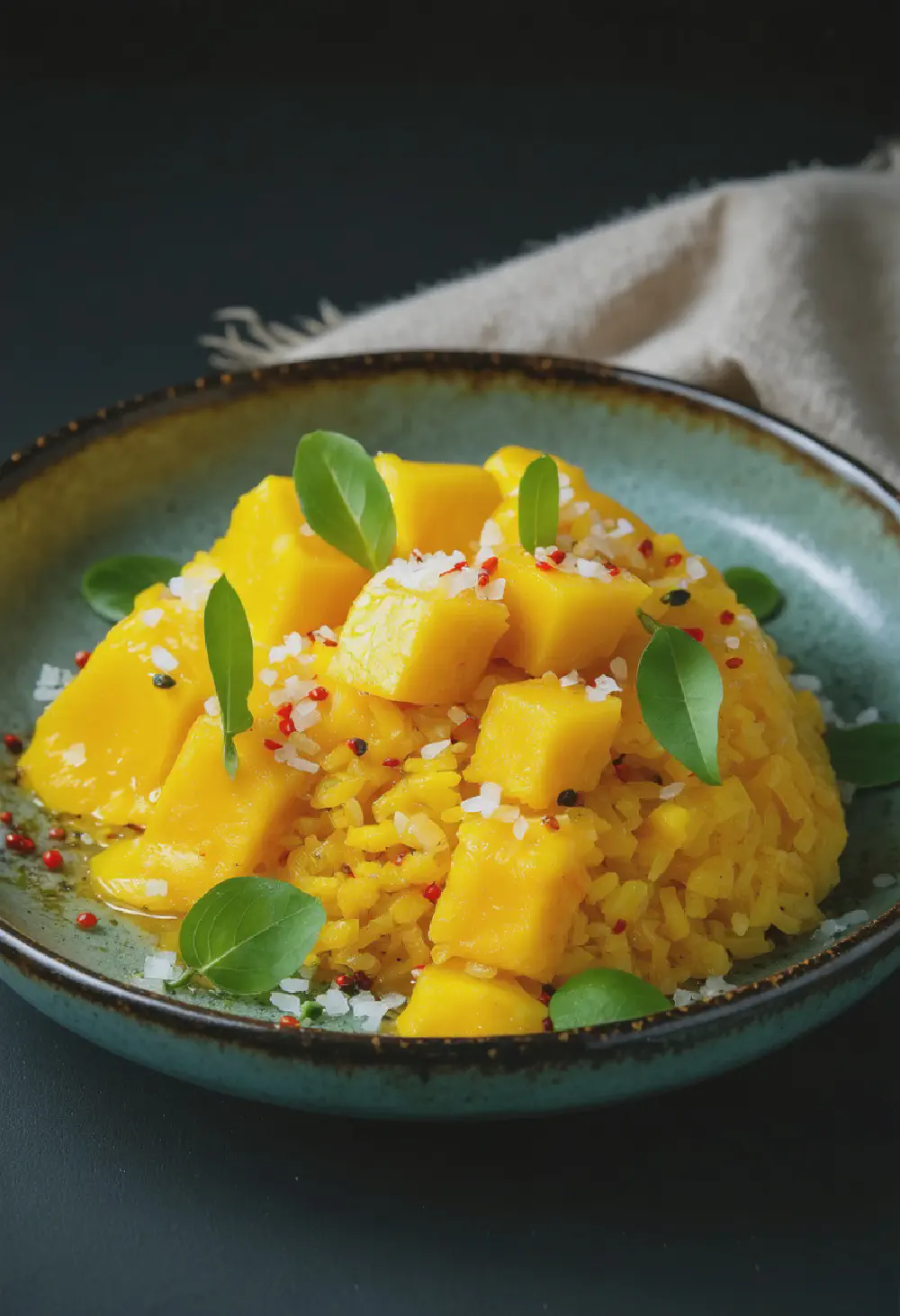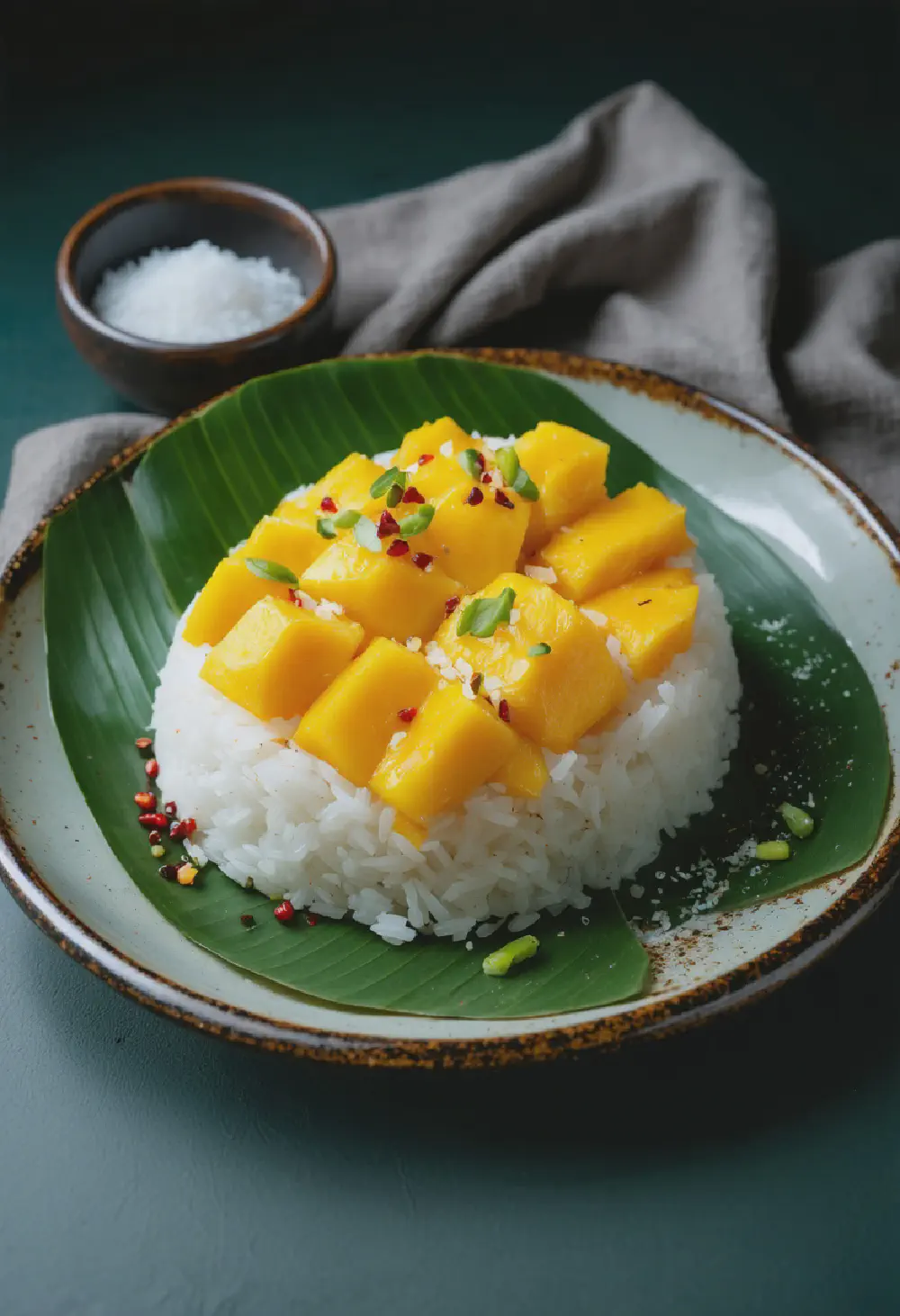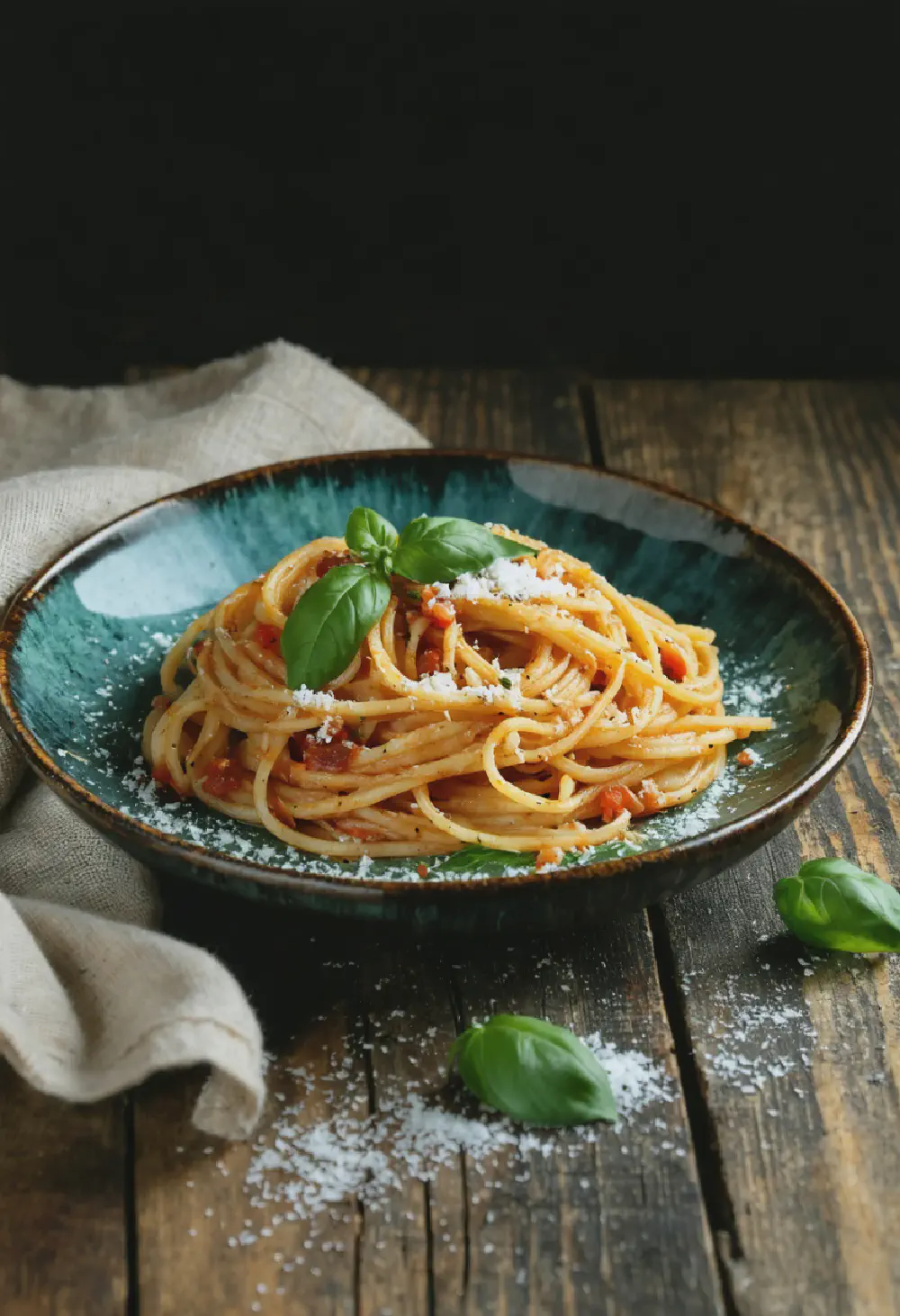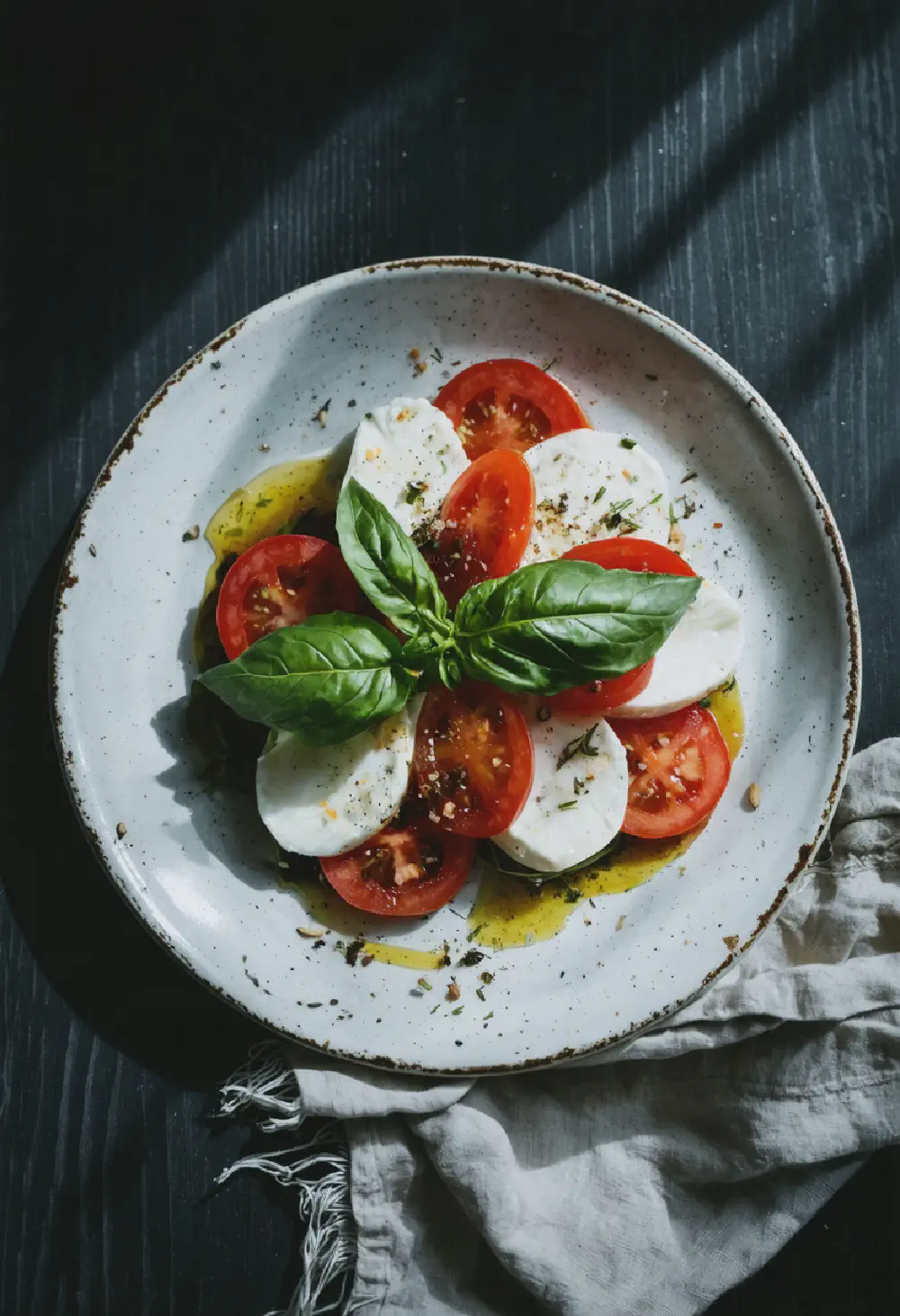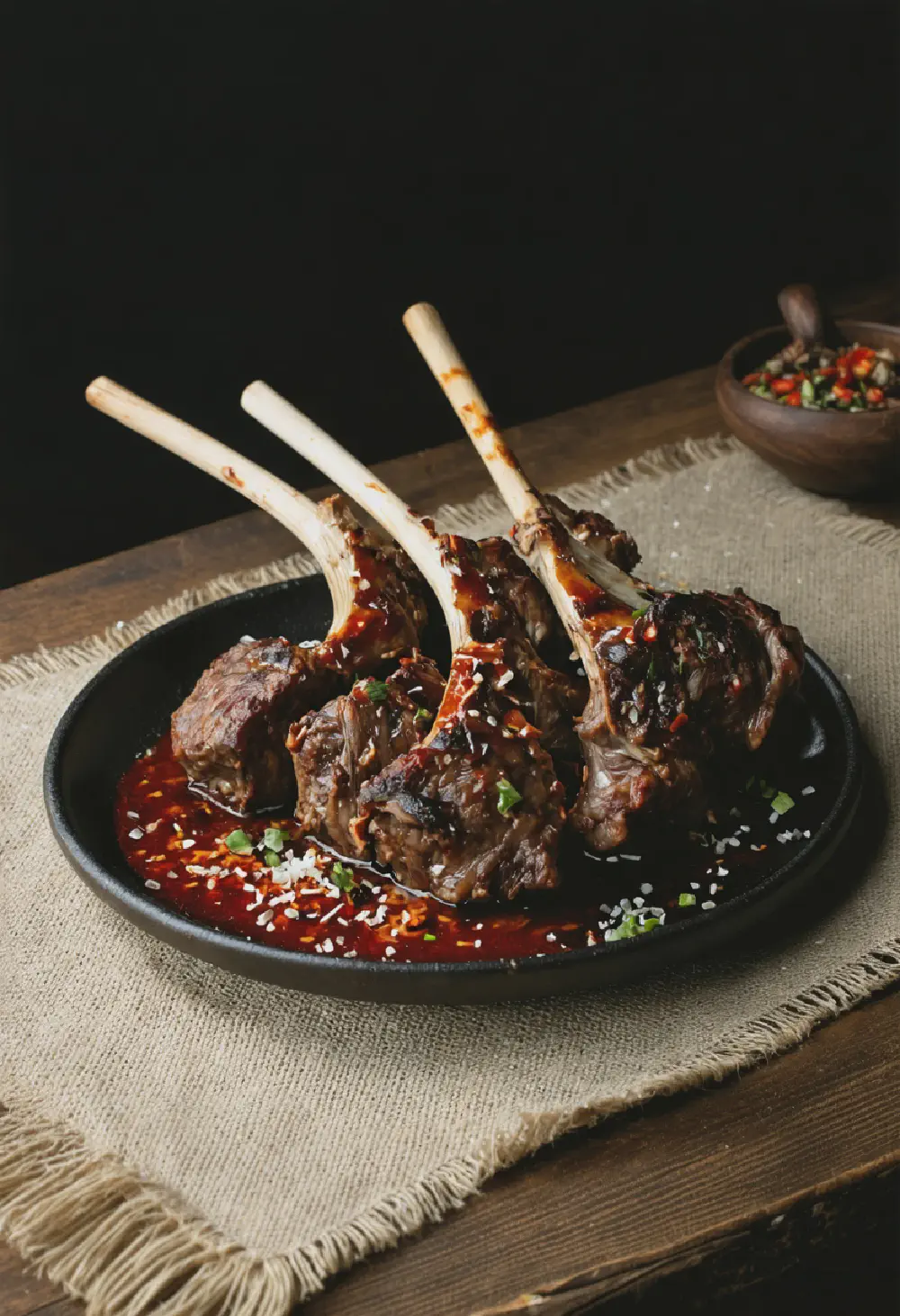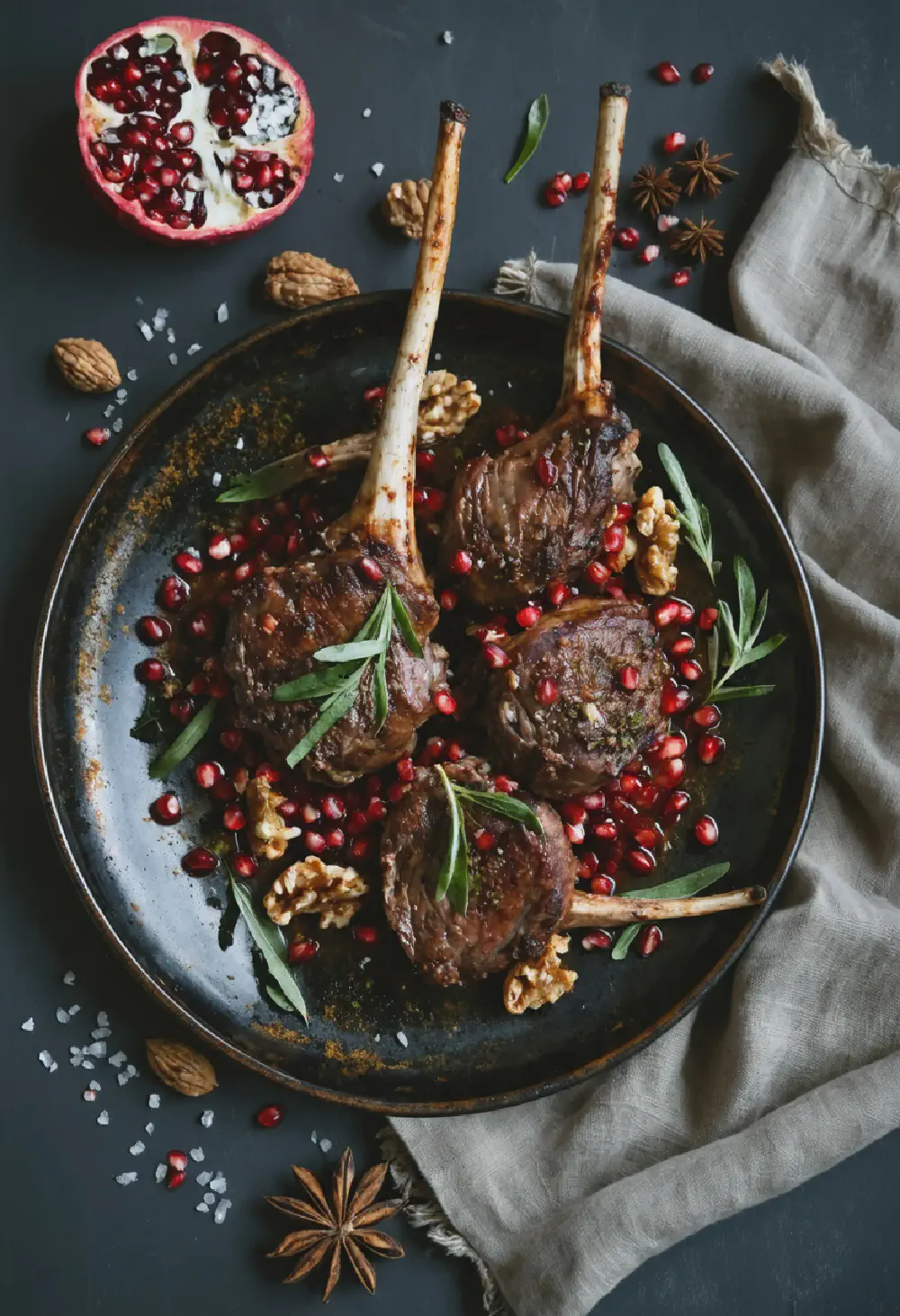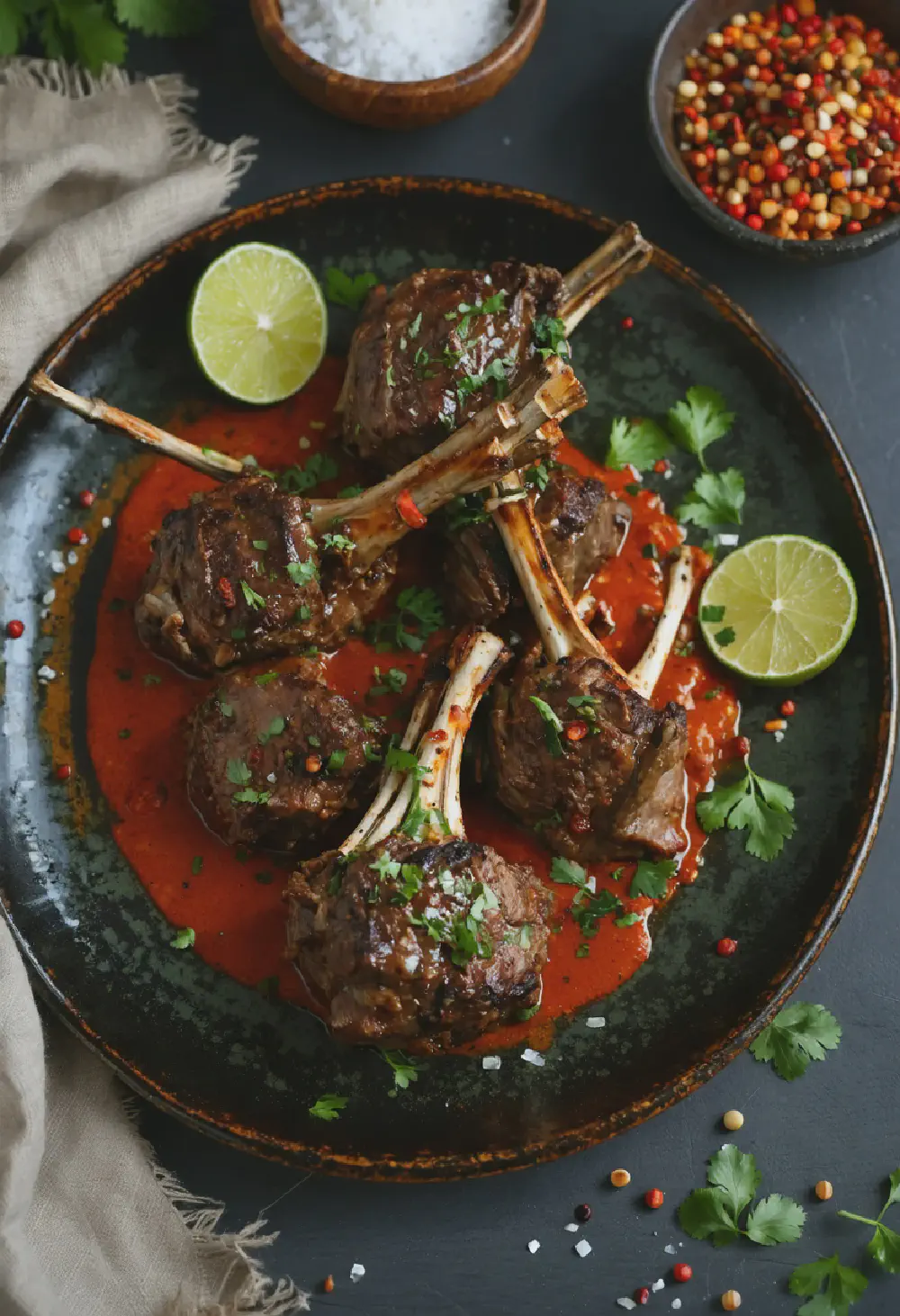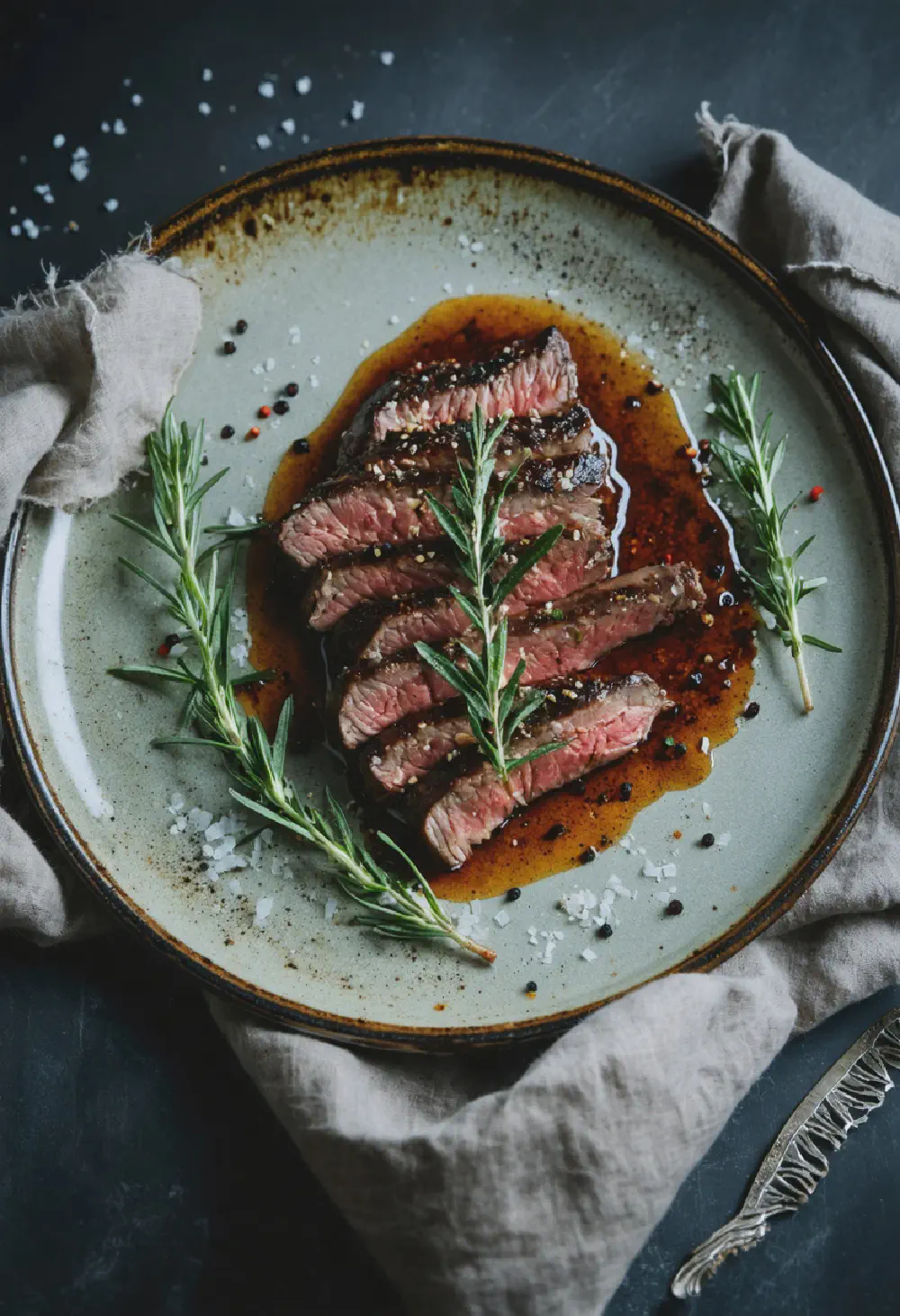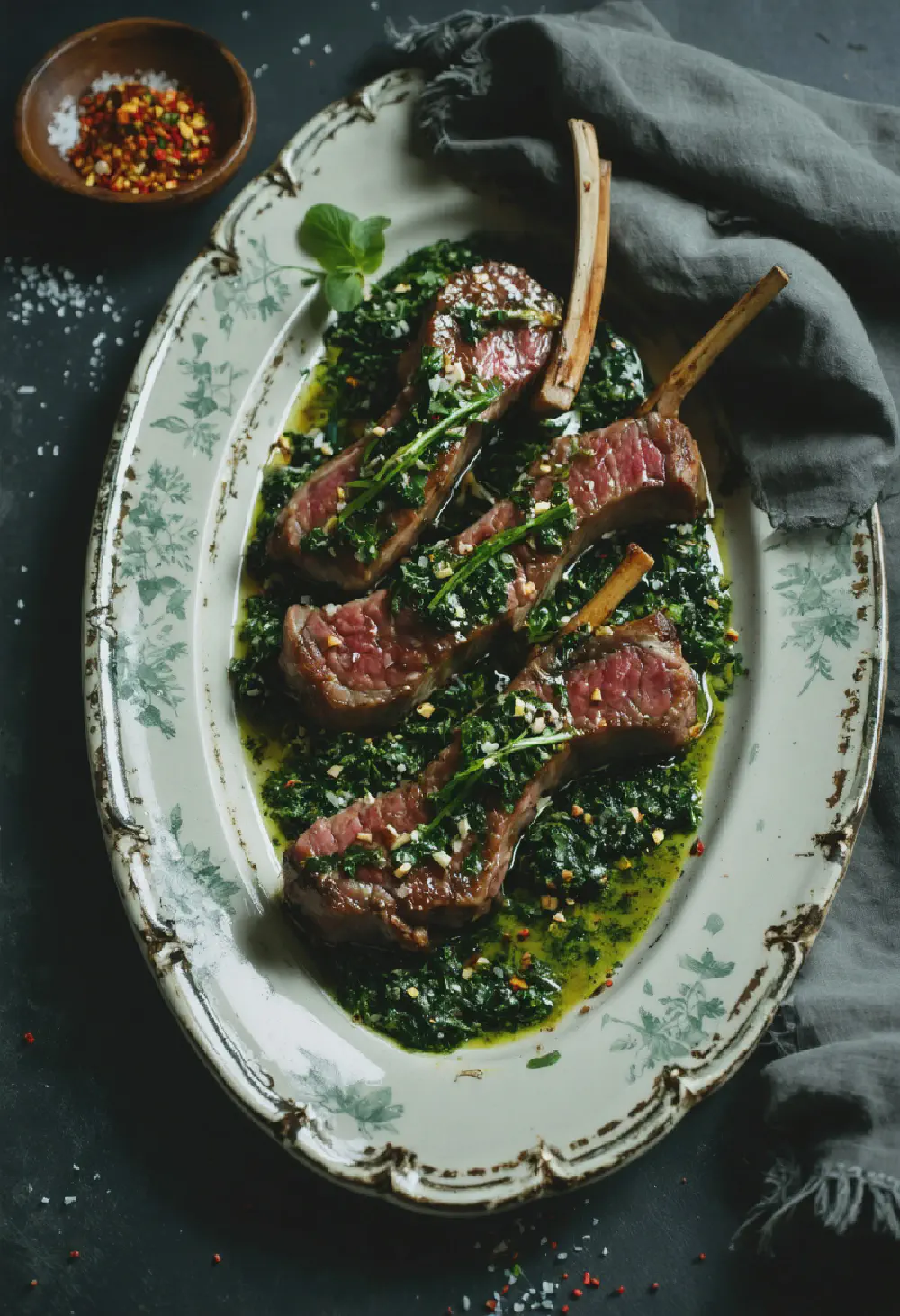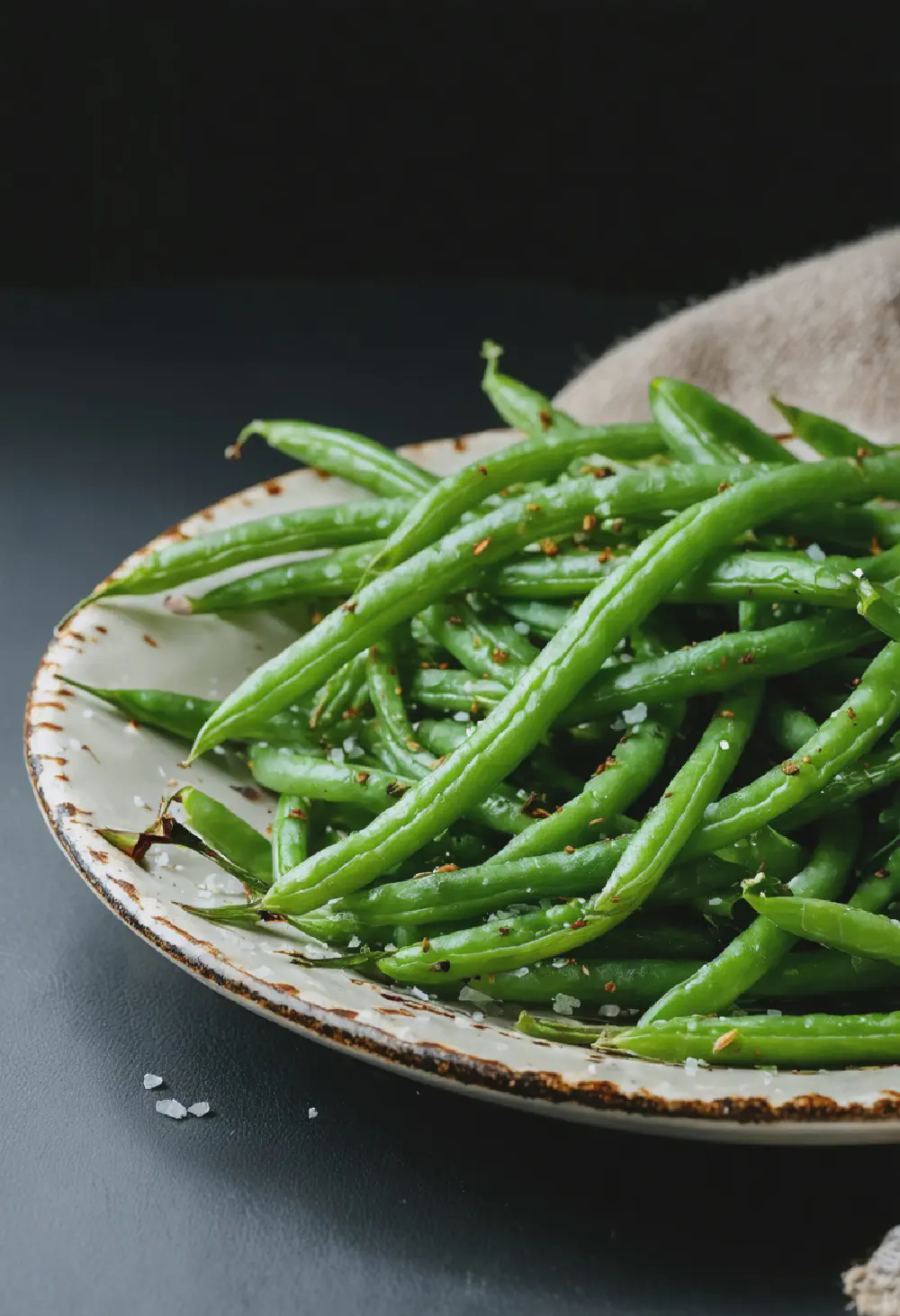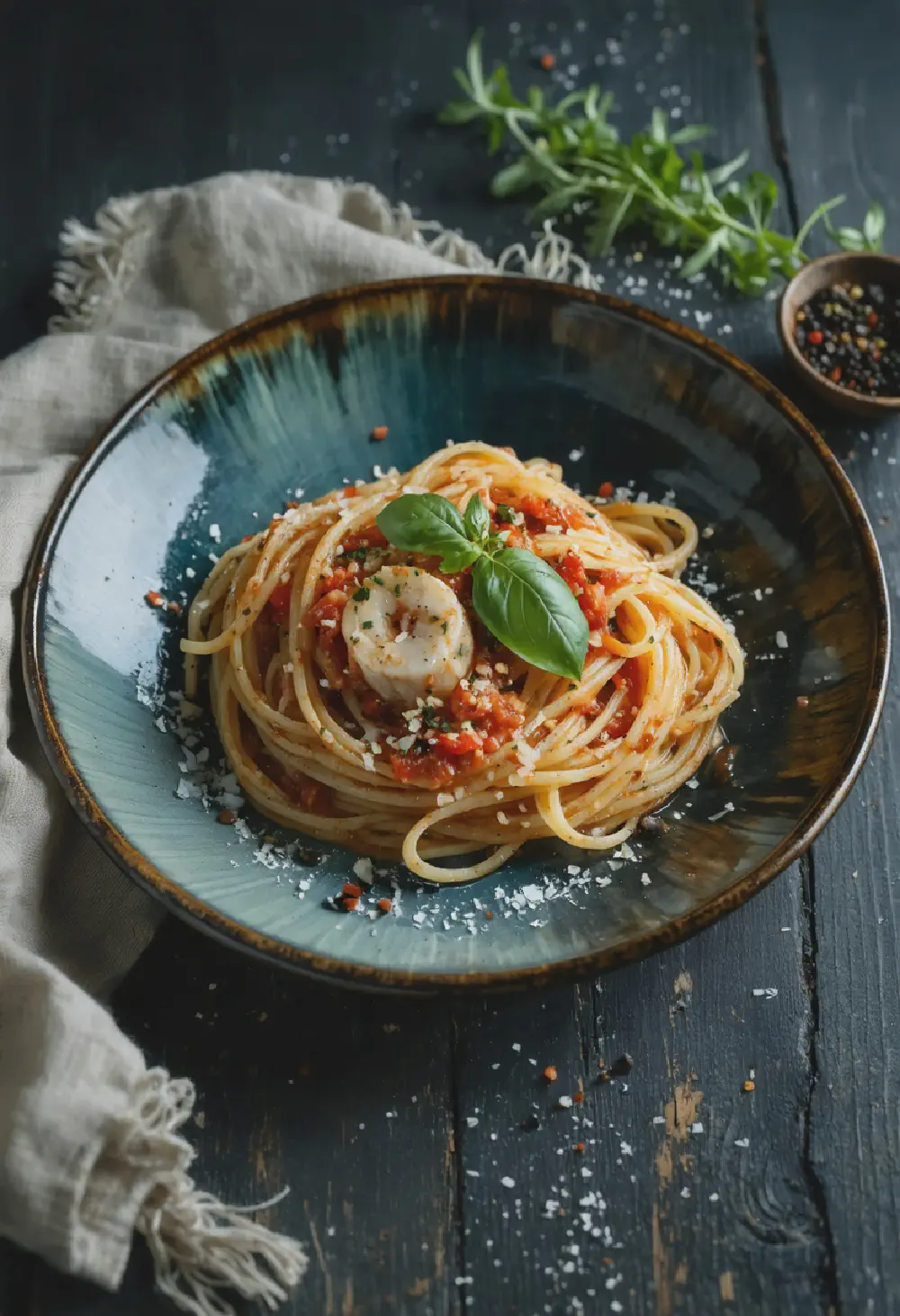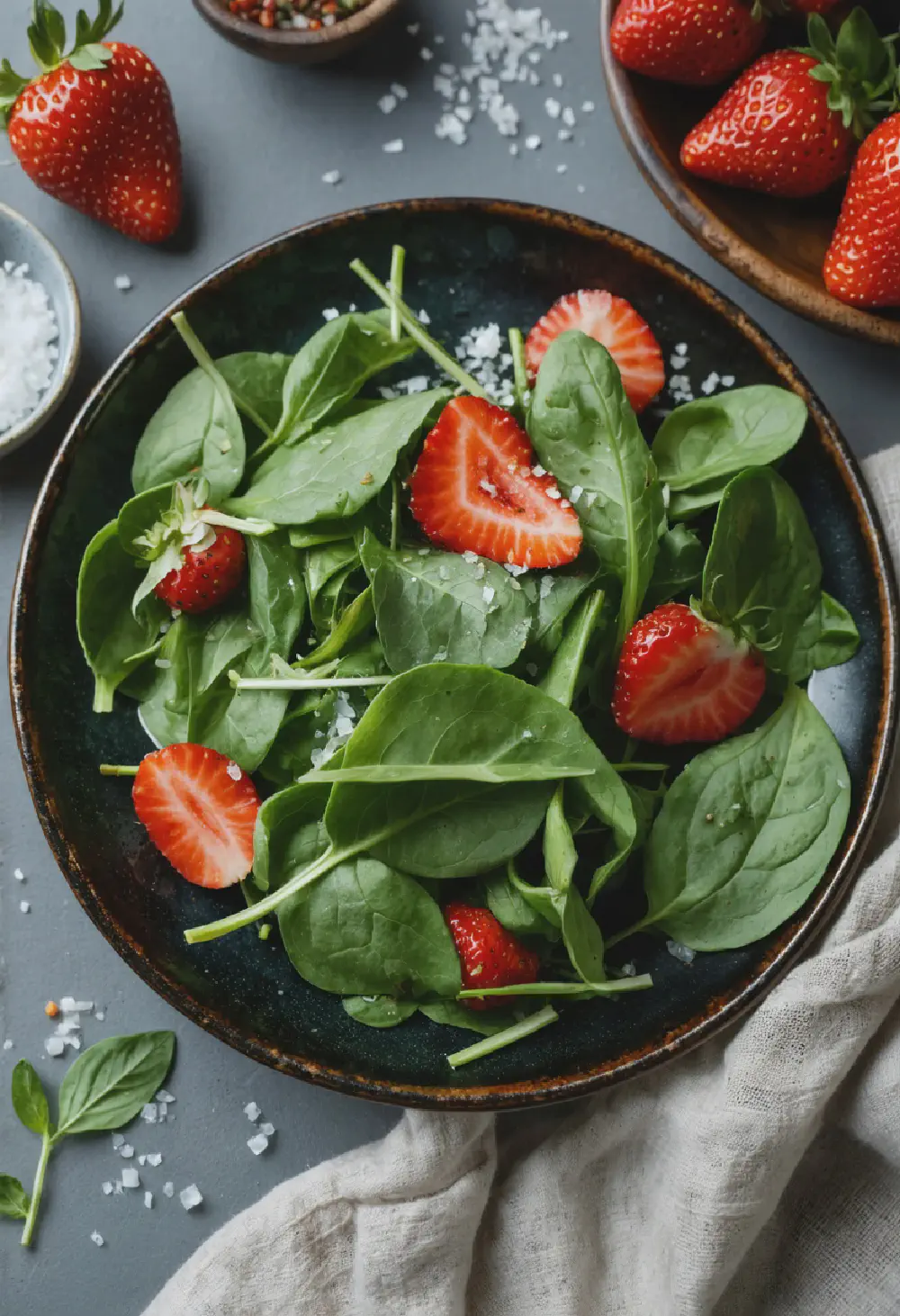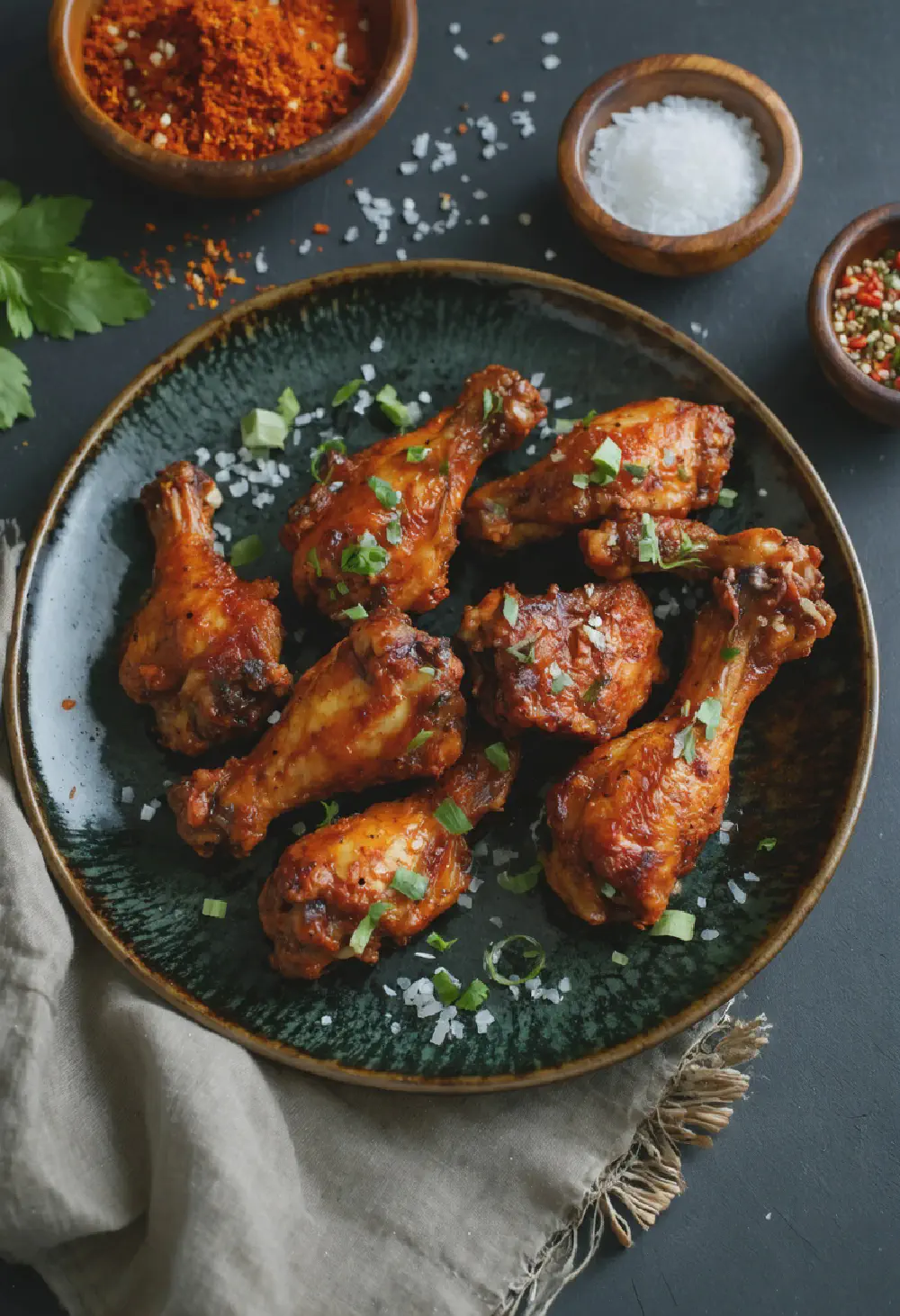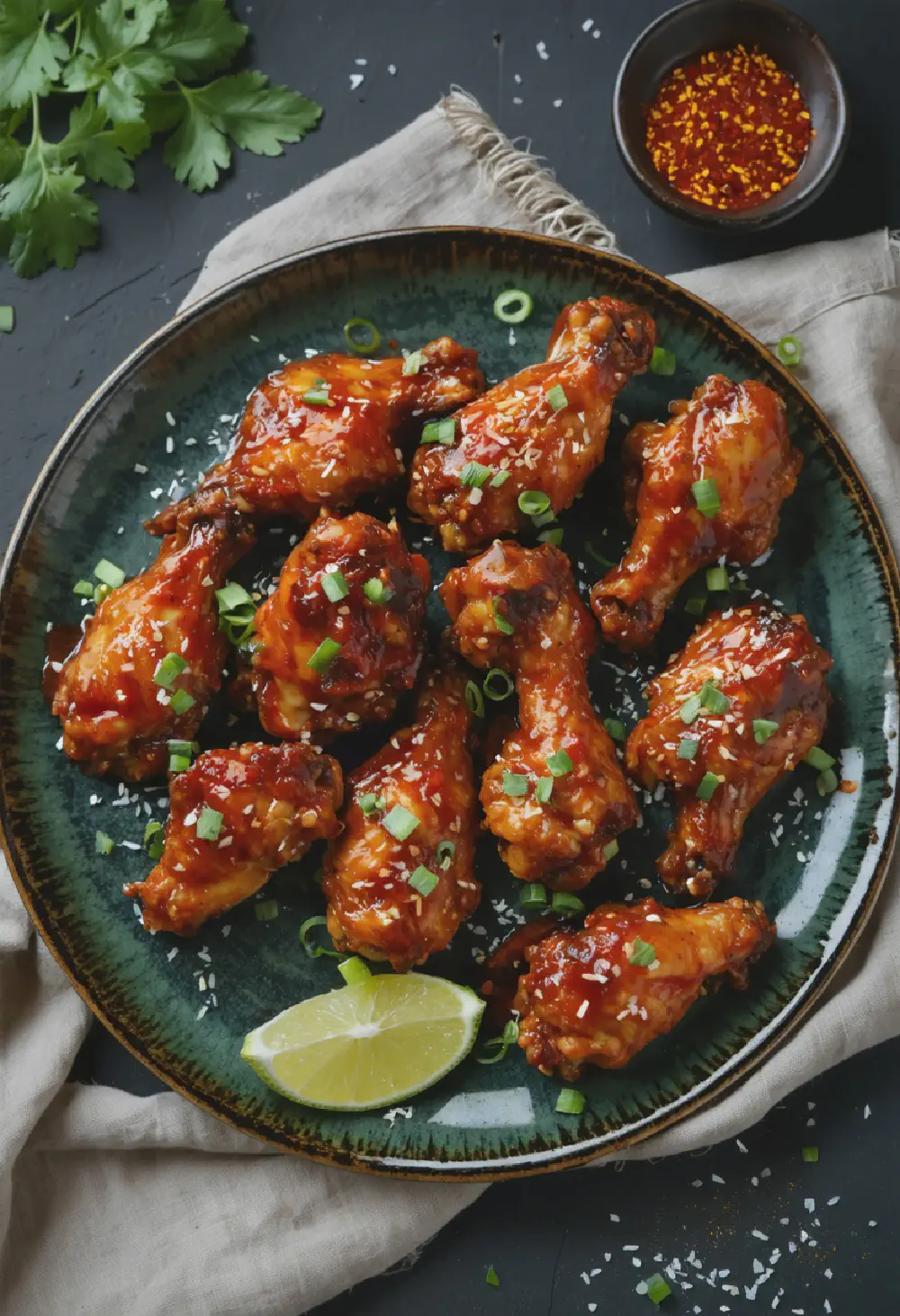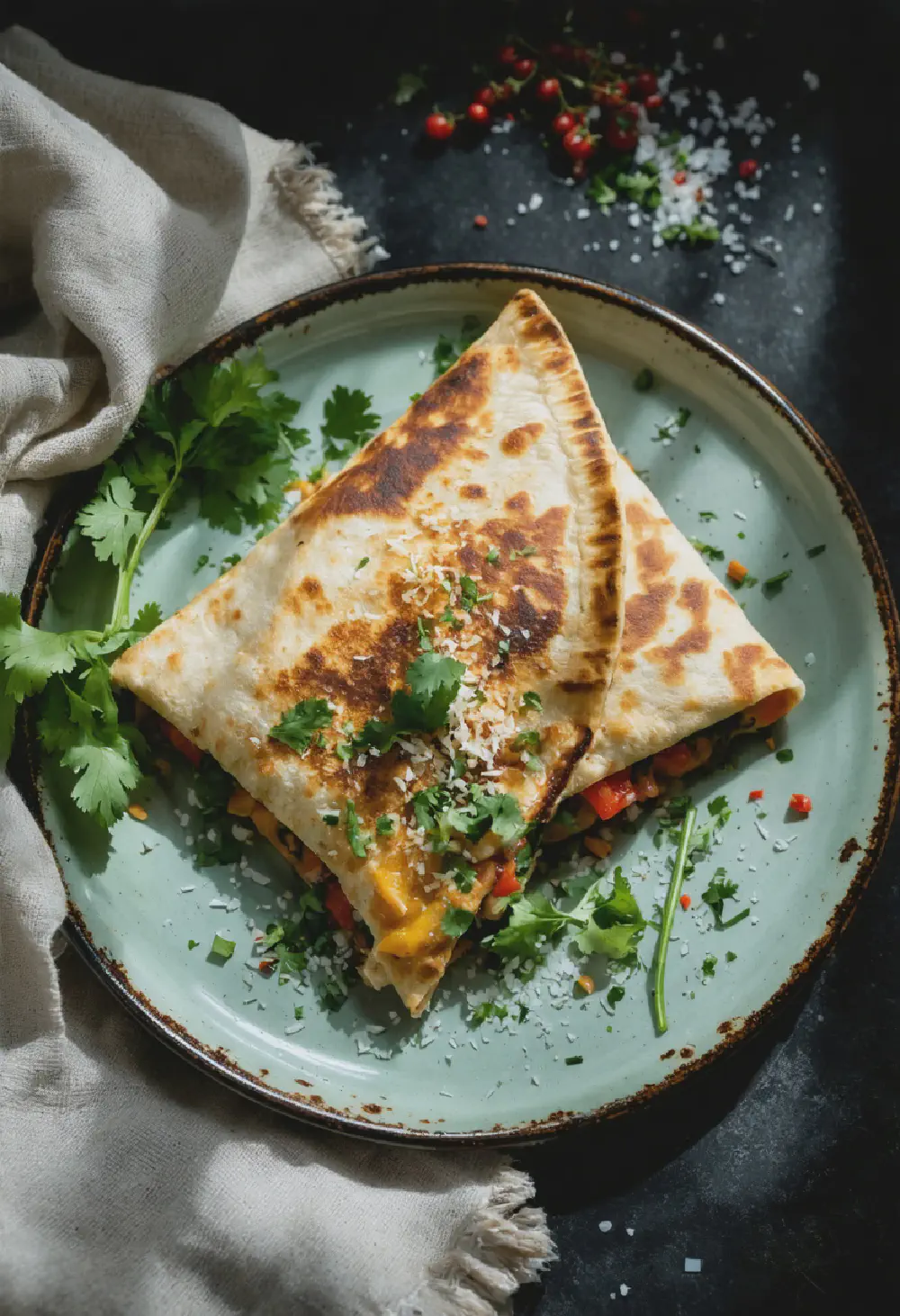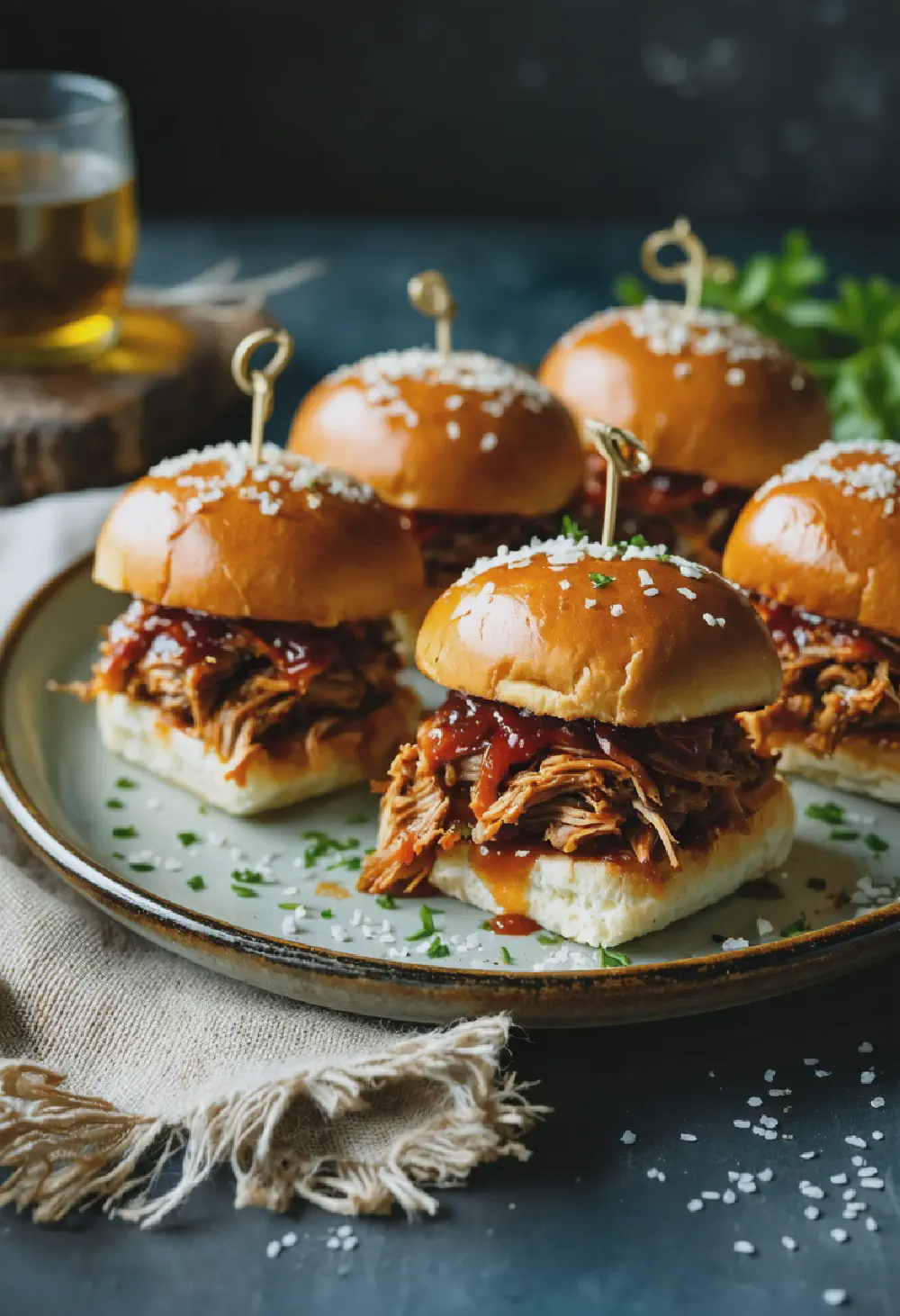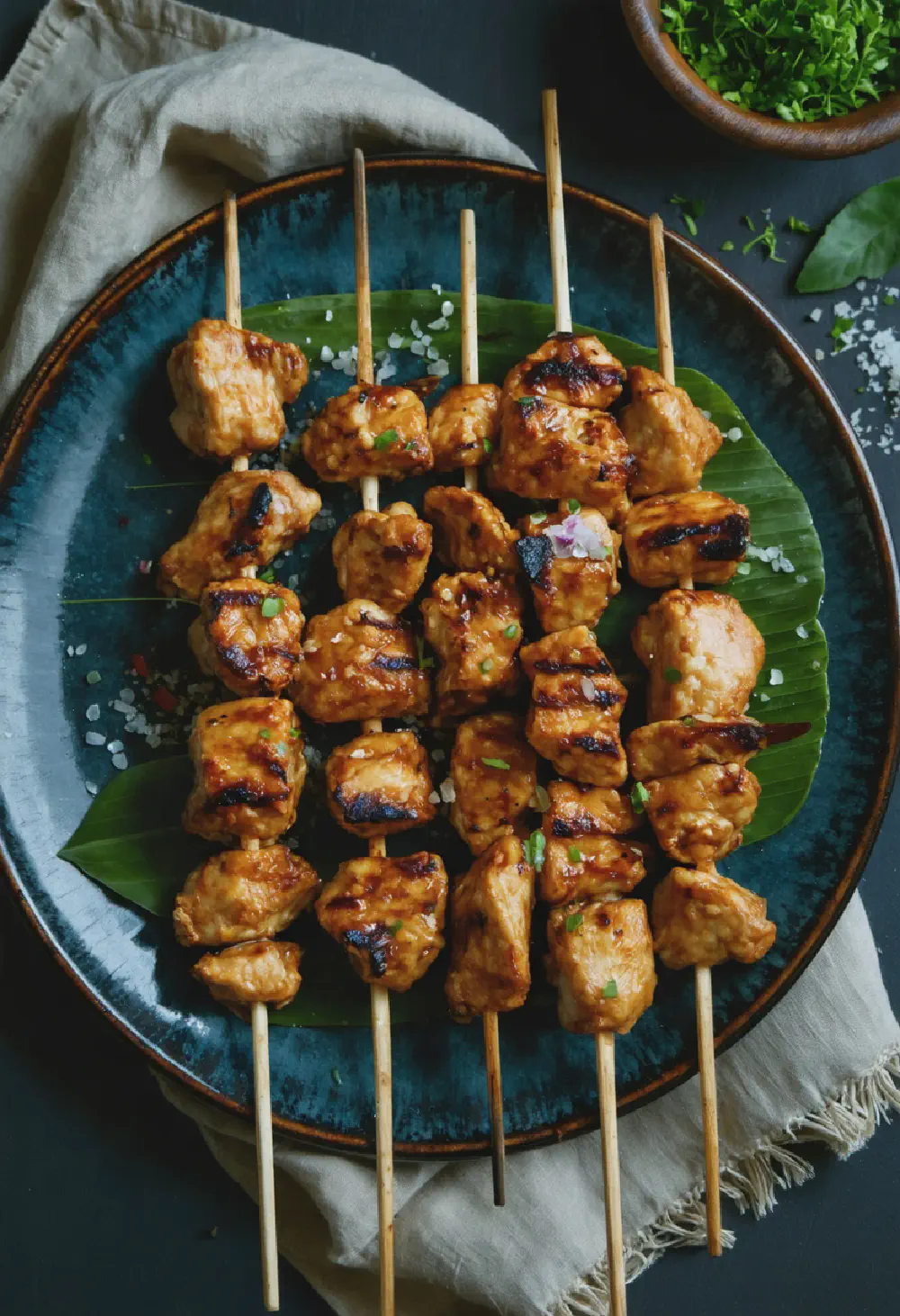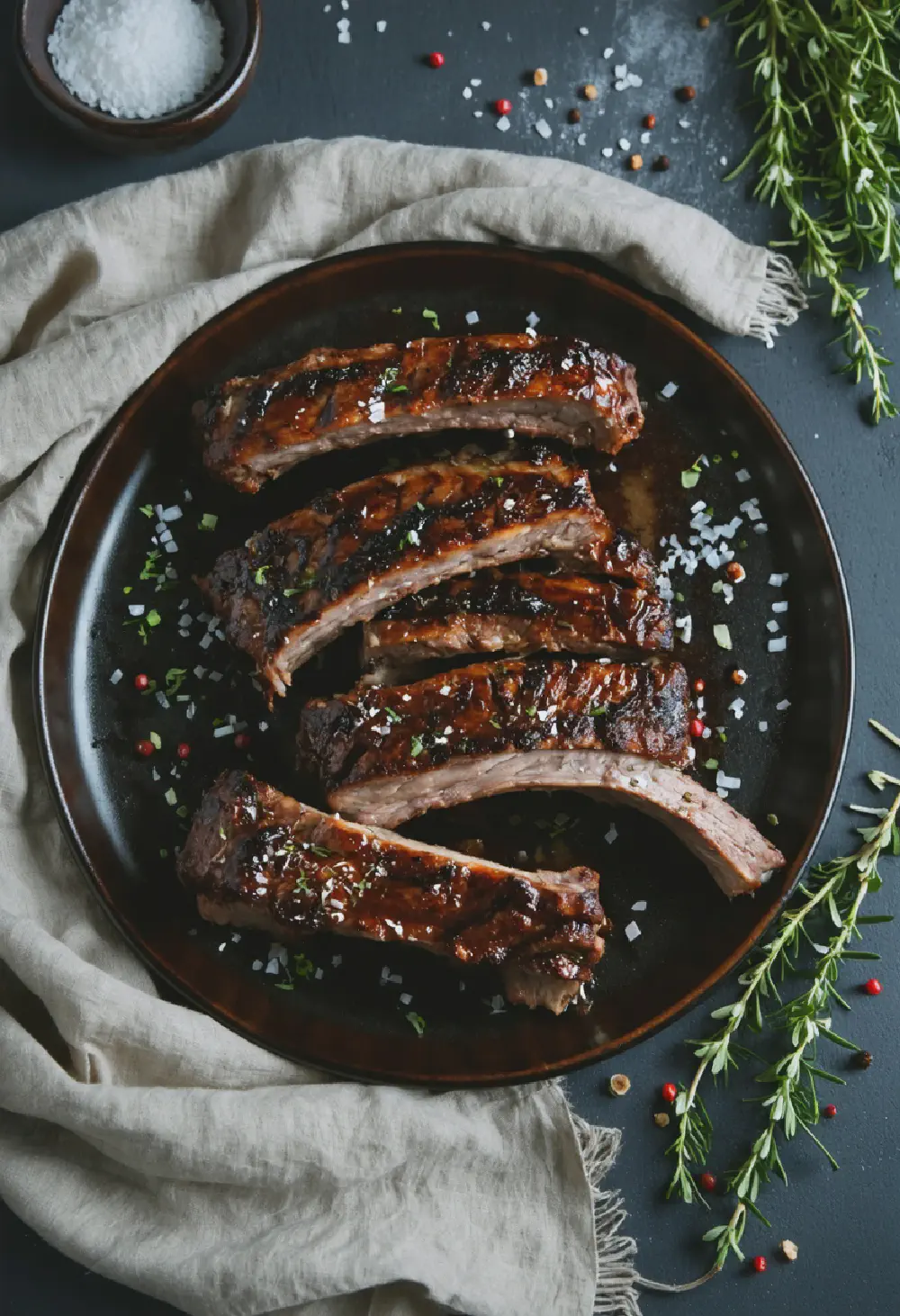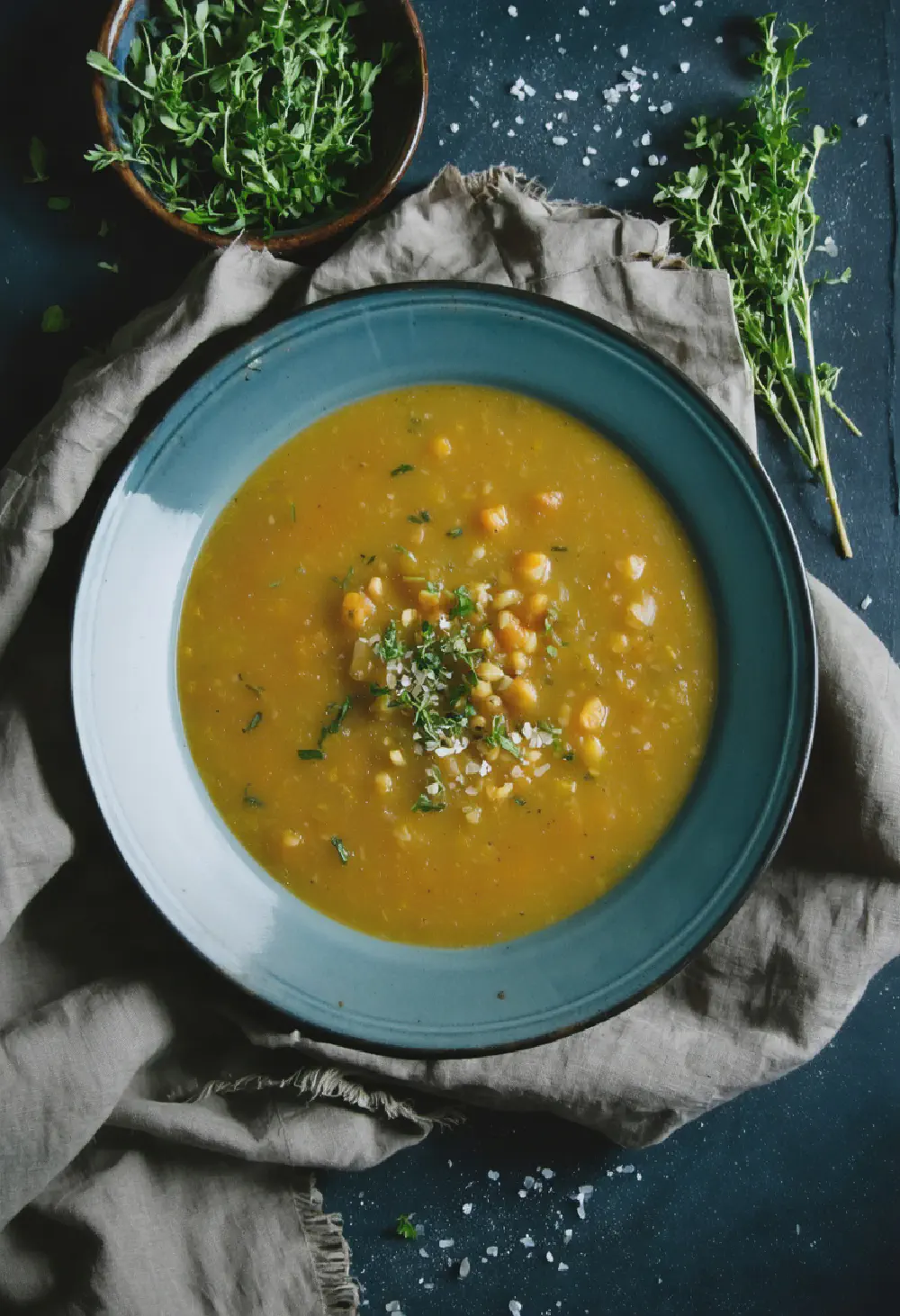Mango Sticky Rice
30M
1H and 15M
- Makes 4 servings
- 1 cup Thai sticky rice (glutinous rice)
- 1 1/2 cups water
- 1 can (13.5 oz) coconut milk
- 1/2 cup sugar
- 1/2 teaspoon salt
- 2 ripe mangoes, peeled and sliced
- 1 tablespoon toasted sesame seeds (optional)
- Mint leaves for garnish (optional)
- Rinse the sticky rice under cold water until the water runs clear. Soak the rice in water for at least 30 minutes, or up to 4 hours.
- Drain the soaked rice and place it in a steamer basket lined with cheesecloth or a banana leaf. Steam the rice over boiling water for about 25-30 minutes, or until the rice is tender and sticky.
- While the rice is steaming, prepare the coconut sauce. In a saucepan, combine the coconut milk, sugar, and salt. Heat over medium heat, stirring until the sugar is completely dissolved. Do not let it boil.
- Once the rice is cooked, transfer it to a bowl and pour 3/4 of the coconut sauce over the rice. Stir gently to combine and let it sit for about 15 minutes to allow the rice to absorb the sauce.
- To serve, place a portion of the sticky rice on a plate, and arrange the sliced mangoes alongside or on top of the rice. Drizzle the remaining coconut sauce over the mango and rice.
- Optionally, sprinkle with toasted sesame seeds and garnish with mint leaves for added flavor and presentation.
Mango Sticky Rice: A Sweet Thai Delight
History
Mango Sticky Rice, known as “Khao Niao Mamuang” in Thailand, is a beloved dessert that has deep roots in Thai culinary history. This dish is believed to have originated in the central regions of Thailand, where mangoes are abundant during the summer months. The combination of sweet mangoes and sticky rice has been enjoyed for centuries, with the earliest mentions dating back to the Ayutthaya Kingdom in the 14th century. Over time, Mango Sticky Rice has become a staple at Thai festivals and celebrations, symbolizing the joy and abundance of the harvest season.
Taste Profile
The taste profile of Mango Sticky Rice is a harmonious blend of sweetness and creaminess. The ripe mangoes provide a natural sweetness and a refreshing, juicy texture that perfectly complements the sticky rice. The rice itself is infused with coconut milk, adding a rich, creamy flavor that enhances the overall experience. A hint of salt and sometimes a touch of sesame seeds can be added to balance the sweetness and add a subtle nutty flavor. This dessert is not only delicious but also offers a delightful contrast of textures, making it a favorite among both locals and international food enthusiasts.
Cultural Significance
In Thai cuisine, Mango Sticky Rice holds a special place as a symbol of celebration and prosperity. It is often served during important cultural events such as the Thai New Year (Songkran) and other traditional festivals. The dish is also a popular choice for family gatherings and special occasions, reflecting the warmth and hospitality of Thai culture. The use of mangoes, which are considered a symbol of good luck and abundance, further enhances the cultural significance of this dessert. Mango Sticky Rice not only delights the palate but also embodies the rich culinary heritage and communal spirit of Thailand.
